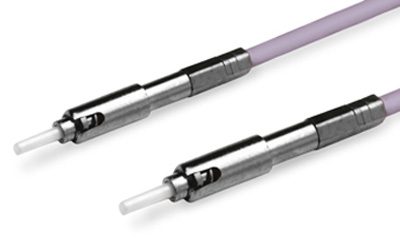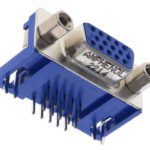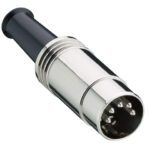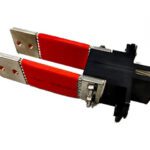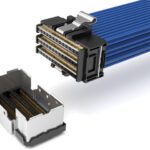What are ARINC 801 Connectors?
What are ARINC 801 Connectors?
Meet the Connector: ARINC 801
ARINC 801 connectors are precision fiber optic, multi-channel connectors and termini designed for harsh environments and high-speed, high-performance data transfer. They comply with ARINC 801 specifications and 38999 Series III standards. They feature removable alignment sleeve retainers and have the advantage of fitting standard D38999 shells. Guide pins simplify installation and contribute to ultra-low dB insertion loss. F/O termini offer improved bandwidth, reliability, and low insertion/return loss, making ARINC 801 a popular choice for commercial aviation.
The 800 Series ARINC specifications address the networked aircraft environment, including fiber optics used in high-speed data buses. ARINC Specification 801-3 defines the generic fiber optic connectors used in commercial aircraft with the aim of standardizing the fiber optic interconnect assembly to prevent the creation of multiple connector designs serving the same functions across different aircraft models. The assembly includes the connector, the fiber optic cable, and the fiber optic termini (contacts). The ARINC 801 standard was first released in January 2006. ARINC 801-3, the latest version released in June 2013, is based around a standard terminus design and cavity, with variants for cable type. All termini are interchangeable and fit the same cavities in the connectors.
ARINC (Aeronautical Radio, Incorporated), established in 1929, was chartered by the Federal Radio Commission to serve as the single coordinator of radio communication for the airline industry. ARINC was owned by four major airlines until 2007. In 2017, ARINC’s Industry Activities Division, responsible for standards development activities, was sold to SAE International.
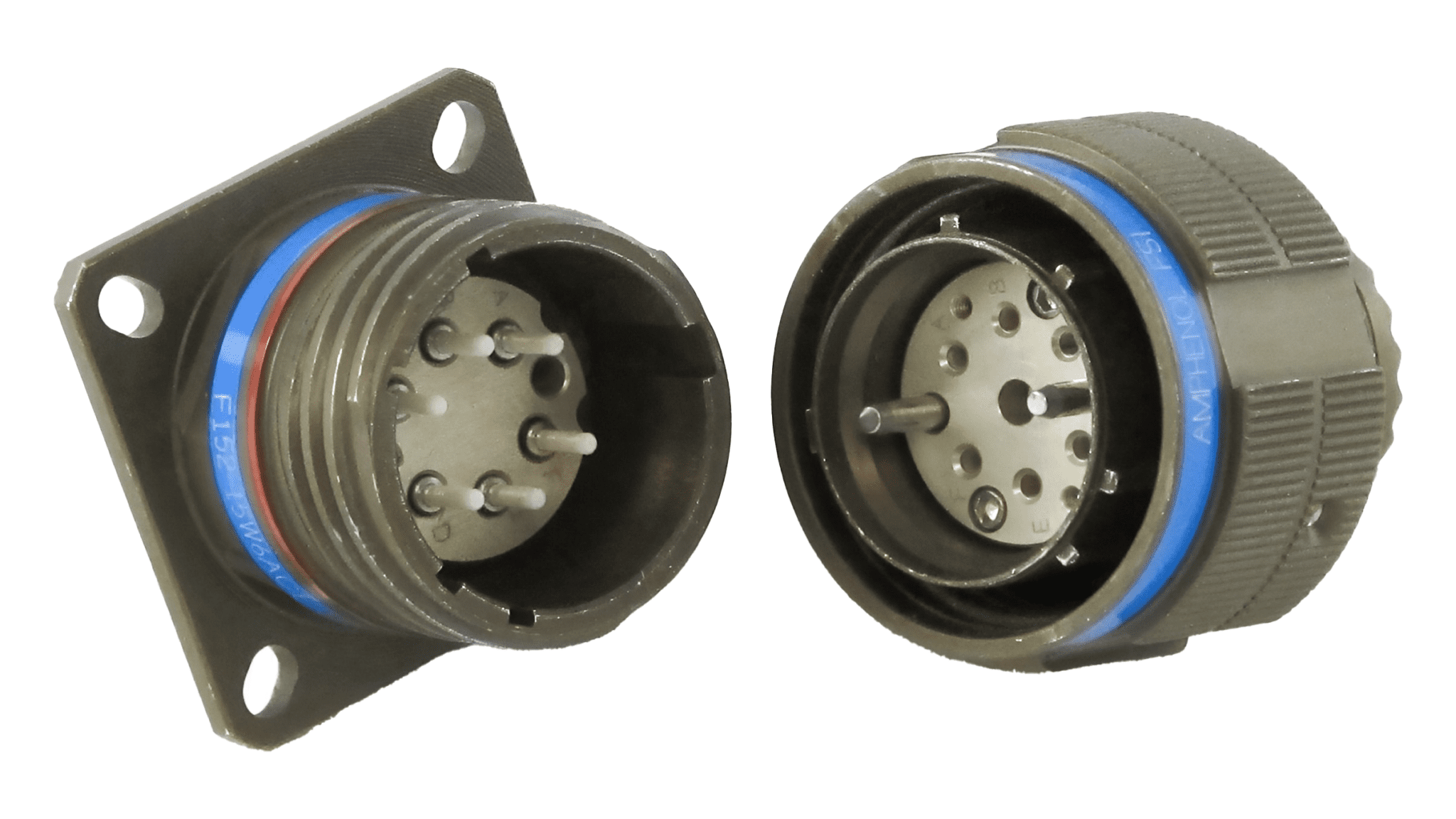
Amphenol Fiber Systems International (AFSI) produces the ARINC 801 cylindrical fiber optic connector suite for aerospace and military applications. It is available in standard D38999 plug and receptacle shells with inserts available to support 2 to 32 channels and can support both PC and APC. Based on the commercial ARINC 801 specification, this series features a removable alignment sleeve retainer (ASR) for ease of termini end-face cleaning, guide pins for precision alignment, and a scoop-proof shell design.
ARINC 801 fiber optic termini feature low loss and low back reflection. They have a genderless design and are compatible with multimode and singlemode fiber. They are removable for cleaning, inspection, and maintenance.
Design Notes
Standards: ARINC 801-3 specifications; 38999 Series III standards
Mounting type or types: straight plug and wall mount receptacle types
Dimensions:
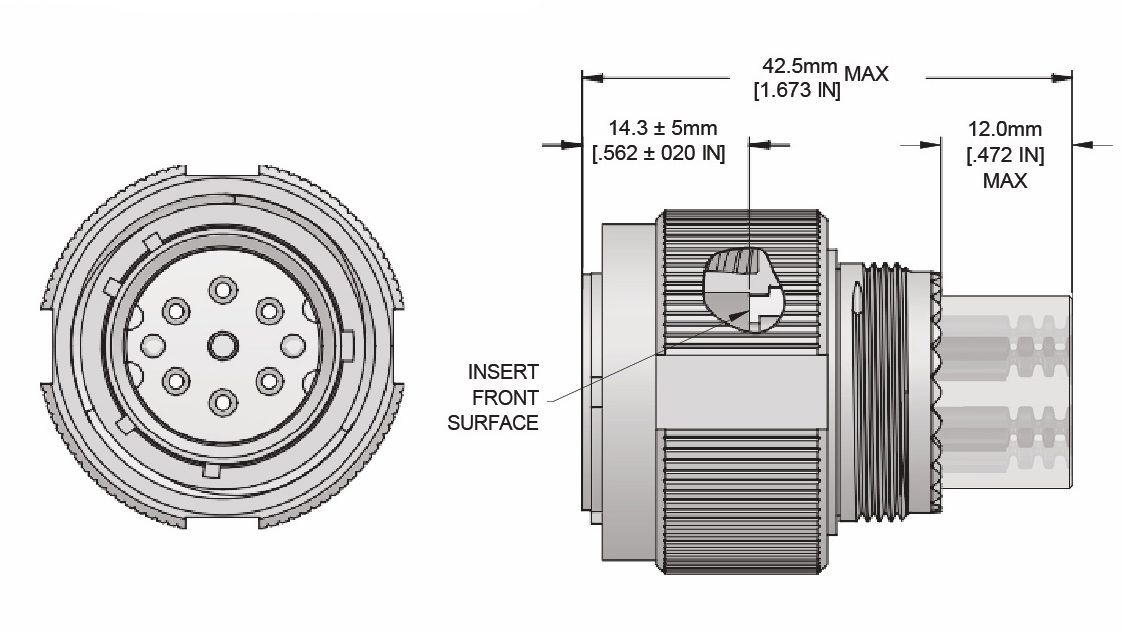
Amphenol 801 dimensions courtesy of Amphenol FSI
Shell configurations: Square flange, jam nut receptacle, plug
Alignment: Shell-to-shell keys, guide pins, and ceramic alignment sleeves.
Materials: aluminum, composite, stainless steel
Inserts: Support up to 32 channels
Contacts: ARINC 801 termini are genderless. Multimode and singlemode termini are available and provide good insertion loss (IL) and return loss (RL) for high data transfer.
Termination: LC type termination or crimp sleeve
Markets and Applications
Military and Aerospace
ARINC 801 connectors are used in commercial airframes, video and signal avionics, military radar, SATCOM systems, RF-over-fiber, in-flight entertainment, high-speed data networking.
Suppliers
Amphenol Aerospace, Smiths Interconnect, Radiall, TE Connectivity, PEI-Genesis (VAD), Amphenol FSI, Glenair, Cotsworth, Eaton/Souriau
Related products
ARINC 600
ARINC 404
EN 4165
EN 3545
MIL-DTL-38999
Like this article? Check out our other Meet the Connector and Networking articles, our Military/Aerospace Market Page, and our 2024 Article Archives.
Subscribe to our weekly e-newsletters, follow us on LinkedIn, Twitter, and Facebook, and check out our eBook archives for more applicable, expert-informed connectivity content.
- Sealing Success: Overmolding for More Secure Connections - April 23, 2024
- Medical Cable Assemblies Product Roundup - April 23, 2024
- Mezzanine Connectors Product Roundup - April 16, 2024
